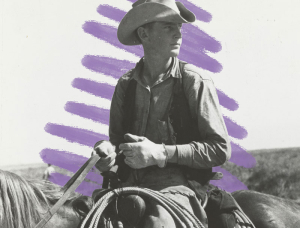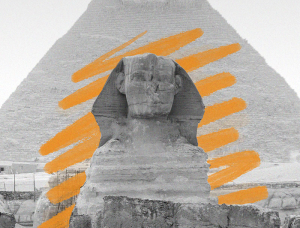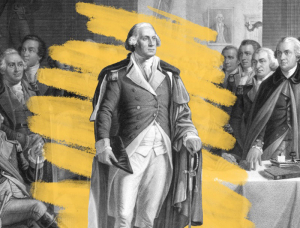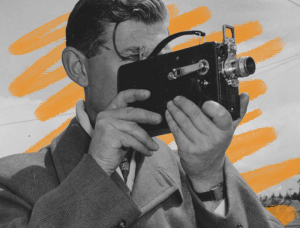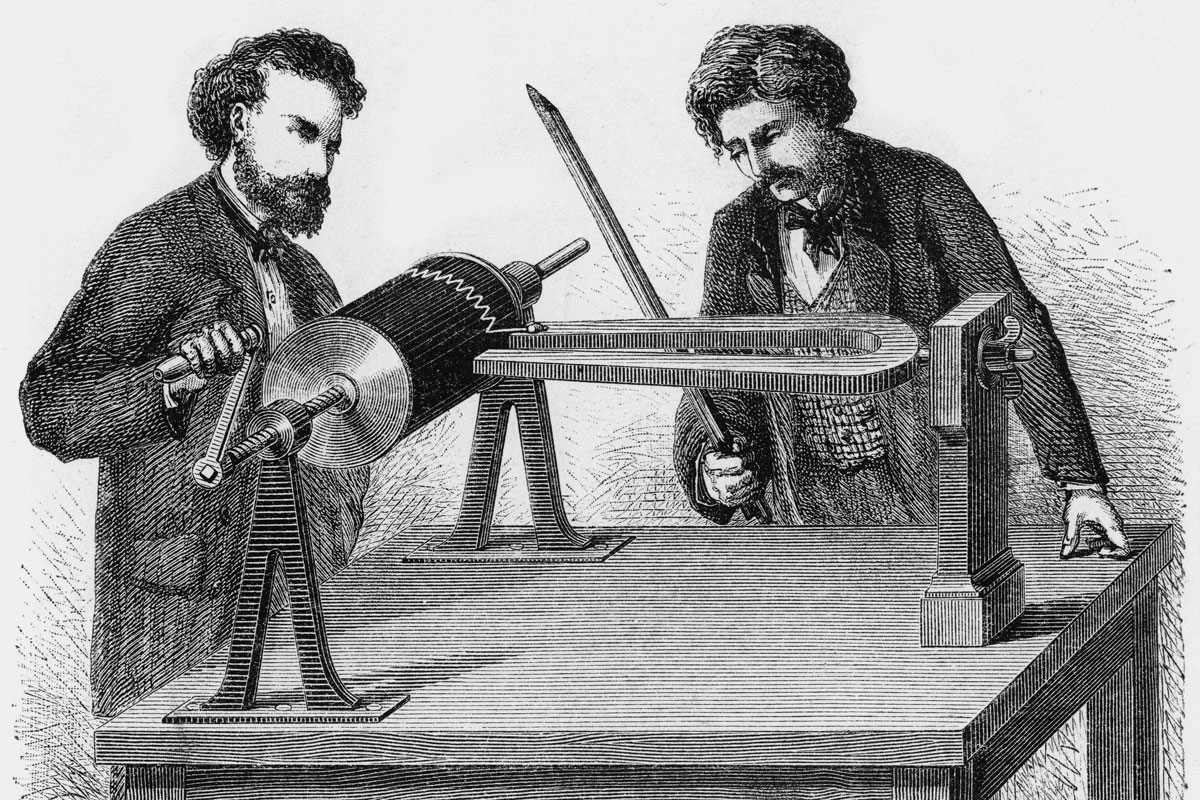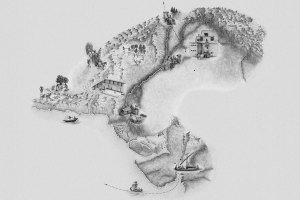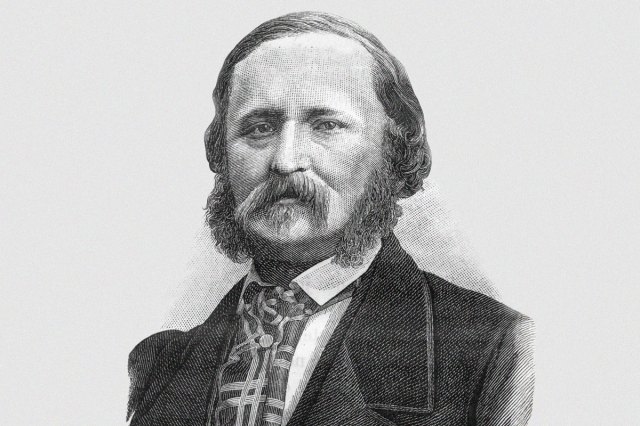Listen to the Oldest Recording of a Human Voice
Whether you grew up with 8-tracks and cassette tapes or digital playlists and podcasts, recorded sound probably feels like an ordinary part of everyday life. Today, it’s possible to capture a voice, replay it instantly, and send it around the world in seconds. But before the mid-19th century, the concept of preserving words after they had been spoken was the stuff of science fiction, because the means to do it hadn’t yet been invented. Indeed, to pinpoint the oldest known recording of a human voice, we have to go back almost 170 years, to a time when sound could be seen, but not yet heard.

Thomas Edison’s Phonograph
For years, Thomas Edison was credited with the first recording of a human voice — and for good reason, even if it isn’t quite true. In 1877, he developed his famous phonograph, a device capable of both recording and replaying sound using tinfoil inside a cylinder to inscribe and then reproduce vibrations. Edison’s goal was to make improvements to Alexander Graham Bell’s telephone, and his approach came from his experience with telegraphy and telephony.
Edison’s recording process involved sound waves entering a metal horn and causing a thin diaphragm to vibrate. Attached to the diaphragm was a needle that inscribed those vibrations onto a rotating cylinder covered in tinfoil. To hear the sound again, you simply reversed the process — the needle traced the grooves, the diaphragm vibrated, and the original voice reemerged from the machine.
Because Edison’s device produced immediate, audible results, history long placed him at the start of the sound-recording timeline. Yet as is the case with so many breakthroughs, this famous “first” was not the true beginning. Nearly 20 years earlier, another inventor had quietly laid the groundwork for recording sound.
